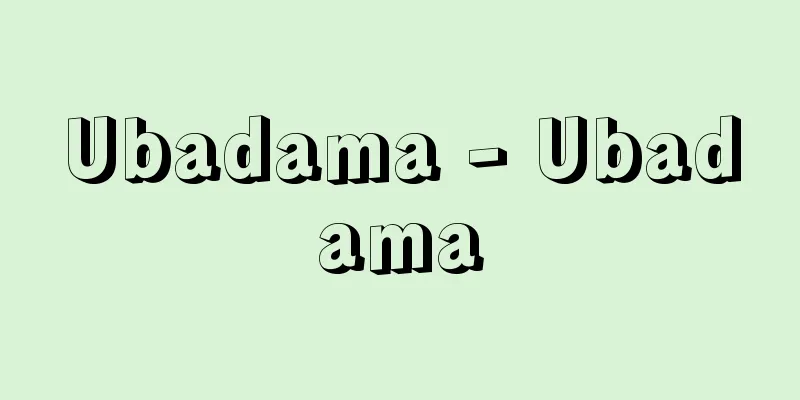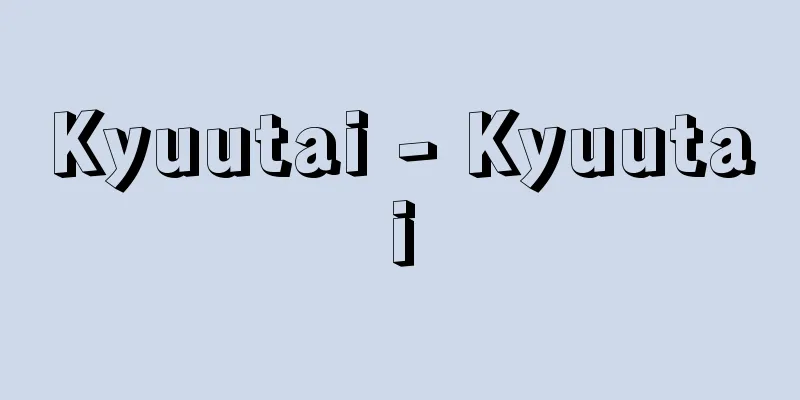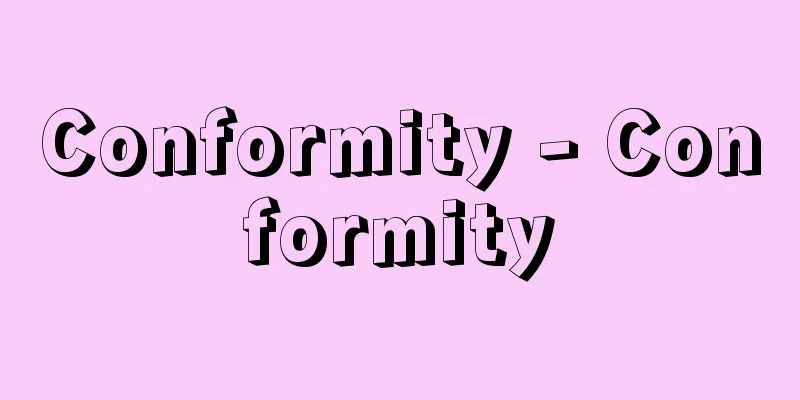Insect repellent - insect repellent

|
These are chemical substances or preparations of such substances that do not necessarily have insecticidal properties in the concentrations and amounts normally used, but which repel insects by releasing an odor that repels them and prevent damage. In the narrow sense, it refers to an agent that protects textile products such as clothing from being eaten. Among fibers, protein fibers such as wool and silk are particularly susceptible to being eaten, while carbohydrate fibers such as cotton and linen are relatively resistant to being eaten. Synthetic fibers such as polyester and polyamide are not eaten because they do not provide nutrition to insects. Clothes moths and clothes fish feed on both carbohydrate and protein fibers, while the larvae of the brown deutzia beetle feed only on protein fibers. Camphor and naphthalene have long been used as insect repellents for clothing, furs, books, specimens, etc., but the more effective paradichlorobenzene is often used today. These slowly sublimate (turn from a solid into a gas without passing through a liquid state) at room temperature, penetrating and diffusing into even the narrowest gaps. Pests sense this gas with their antennae and spiracles, and are repelled by it as it is undesirable for them. Rotenone (a component of the root of Dellis), which is dissolved in a solvent and adsorbed onto fibers to semi-permanently prevent insect damage, and the synthetic compounds oiran and mitchin are also used as insect repellents. In a broad sense, dimethyl phthalate, which is applied to the skin to prevent bites by mosquitoes and other insects, benzyl benzoate and N-methyl acetamide, which are adsorbed to clothing to prevent infestations by fleas and lice, and chlordane, which is injected into wood to prevent damage by termites, are also types of insect repellents. [Murata Michio] [Reference] |Source: Shogakukan Encyclopedia Nipponica About Encyclopedia Nipponica Information | Legend |
|
通常使用する濃度や量ではかならずしも殺虫能力はないが、虫の忌避する臭(にお)いなどで寄せ付けないようにし、被害を防止する化学物質やその製剤をいう。 狭義には、衣類などの繊維製品を食害から守る薬剤をいう。繊維のうちとくに羊毛や絹などタンパク質繊維は食害を受けやすく、炭水化物の綿や麻は比較的加害されにくい。ポリエステルやポリアミドなど合成繊維は虫の栄養にならないから食害されない。イガ(衣蛾)とシミ(衣魚)は炭水化物とタンパク質の両方の繊維を、カツオブシムシの幼虫はタンパク質繊維だけを食害する。 衣類や毛皮のほか、書籍や標本などの防虫剤として古くから樟脳(しょうのう)やナフタレンが使われたが、現在ではより効果の高いパラジクロルベンゼンを使うことが多い。これらは常温で徐々に昇華(固体から液体を経ずに気体となること)して狭い間隙(かんげき)にまで浸透拡散する。害虫は触角や気門などでこの気体を感じ、虫にとって好ましくない性質なので忌避する。溶媒に溶かして繊維に吸着させ、半永久的に害虫の食害を予防するロテノン(デリスの根の成分)、合成化合物のオイランやミッチンなども防虫剤として実用化されている。 広義には、皮膚に塗りカなどの刺害を予防するジメチルフタレート、衣服に吸着させてノミやシラミの寄生を防ぐベンジルベンゾエートやN‐メチルアセタミドなど、あるいは木材に注入してシロアリの食害を防止するクロルデンなども防虫剤の一種である。 [村田道雄] [参照項目] |出典 小学館 日本大百科全書(ニッポニカ)日本大百科全書(ニッポニカ)について 情報 | 凡例 |
<<: The art of lovemaking - bochuujutsu (English spelling) fang-zhong-shu
>>: Insect repellent treatment
Recommend
Zijl, L. (English spelling) ZijlL
...The 19th century was marked by a long period o...
Canoe - canoe (English spelling)
A small boat with a primitive structure that does...
Wales - Wales (English spelling)
A peninsula-like region in the southwest of Great...
"Travel Journal" - Gyōrekiki
...An abridgement of Enchin's diary of his tr...
Stock issues to shareholder
A type of capital increase in which a corporation...
Oibe - Oibe
...Under the Ritsuryo system, some of the occupat...
National highway - kokudo
Among the roads under the Road Act (Act No. 180 o...
Lourenço Marques
...Population: 932,000 (1991). Formerly known as ...
Lebedev, Pëtr Nikolaevich
Born: March 8, 1866 in Moscow [Died] March 14, 191...
Galois group
…About half a century later, N.H. Abel and E. Gal...
Appendage
An appendage, such as a leg, that protrudes from a...
Psycho
1. An American film made in 1960. Original title: ...
Theorikon (English spelling)
In ancient Greek, it meant "admission to the ...
Skylark
...A species of bird in the family Larkidae (illu...
SAR (American Patriotic Organization)
...Membership is available to children of familie...









